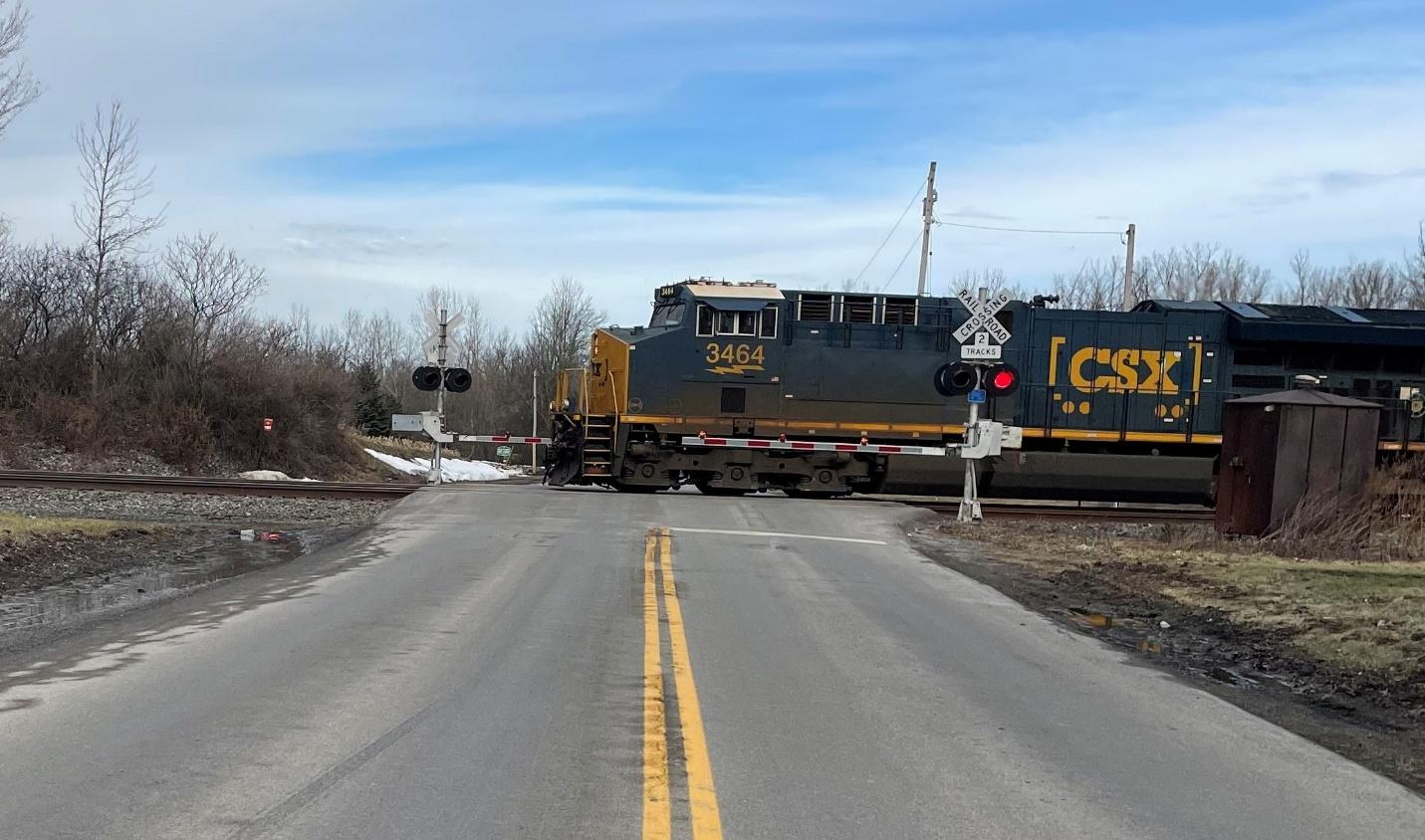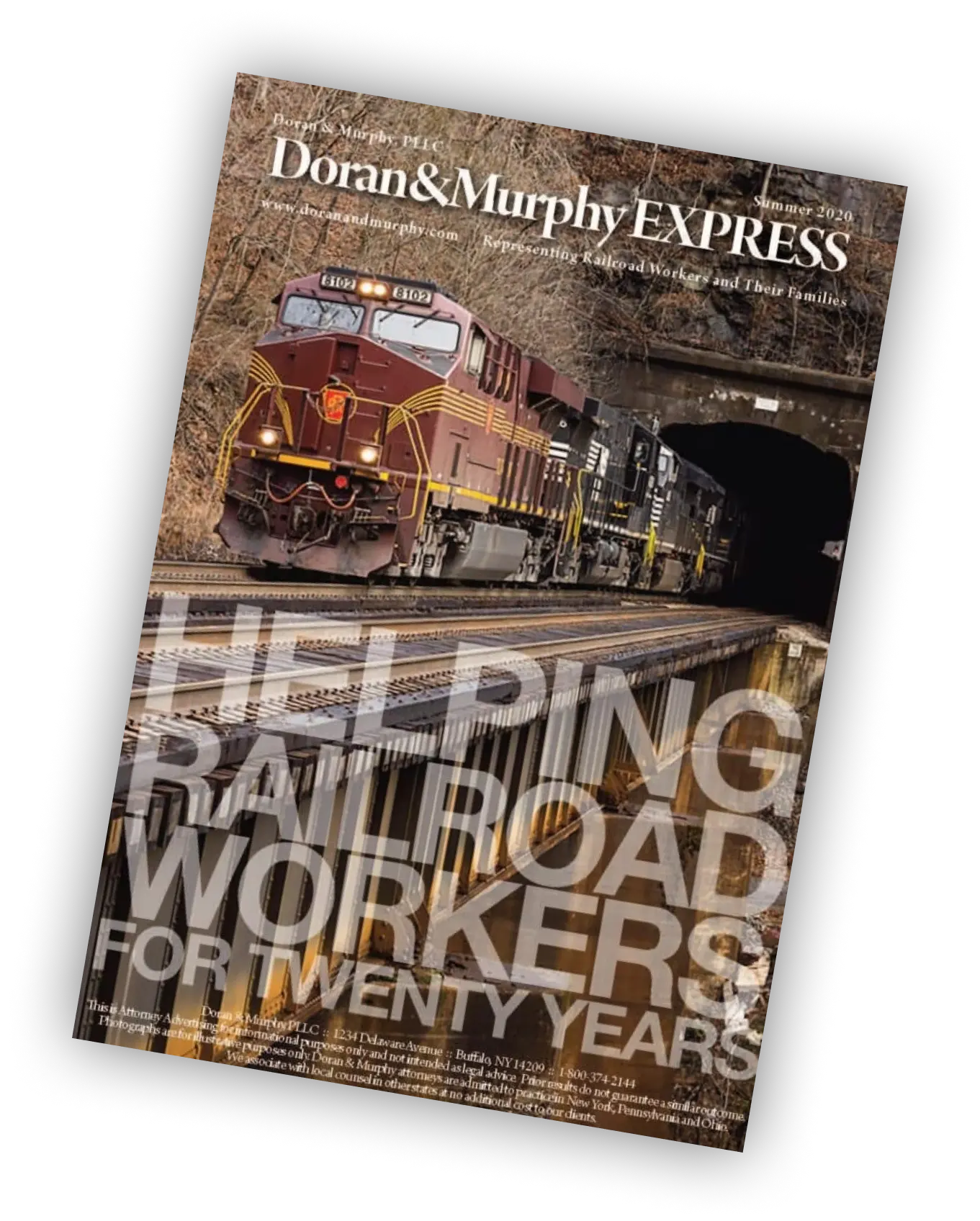
Remote-controlled locomotives allow large railroads like Norfolk Southern, CSX and Union Pacific to reduce crews for common switching operations. Railroad workers are being replaced with low-cost technology. Instead of employing a train crew, a remote-control operator operates the locomotive often from locations nowhere near the actual moving locomotive. The deadly combination of fewer actual workers on the ground coupled with imperfect technology has led to tragic results.
Railroad workers and pedestrians alike have been killed or injured by remote control trains in recent years. We have previously written about train crew members being killed or injured as a result of remote control train operations. But pedestrians have also paid the price for the dangers of remote-control trains. In 2023, a nine-year-old boy, Aron Iradukunda, was struck by a train being operated by a remote-control operator near Buffalo, New York. His sister, after hearing his screams, pulled him from beneath the train before it started in motion again. The boy survived but lost his leg in the incident. A few months later and just miles from where Aron was injured, the body of another local woman was found, the victim of a moving remote-controlled train. Two pedestrians were also killed in 2023 near Houston, Texas by remote-control operated trains.
Remote control trains can stretch for miles, with no one on board the train at all. The remote operator can be as far as a half mile away from the train under the railroad’s operating procedures. Federal Railroad Administration (FRA) regulations do not mandate the length of the train, nor the distance of the remote-control operation. The FRA’s safety guidelines for remote-control operations, last updated in 2007, do not address these factors. However, the FRA’s safety guidelines from 2005 address these issues. The 2005 guidelines recommended that:
a. Locomotive consist should not exceed 3000 horsepower, utilizing no more than eight (8) axles.
b. Train length should not exceed 1000 feet (approximately 20 car lengths).
c. Train speed should not exceed 15 mph.
d. Operations should be prohibited on any grade of 0.5 percent or greater that extends for more than V4 of a mile.
These guidelines are many years old and are apparently ignored by some rail carriers today.
These deaths and injuries from remote control train operations have been or currently are being investigated by the National Transportation Safety Board (NTSB). Many of these investigations have already revealed that the use of remote-controlled locomotives played a part in these incidents. The deaths of workers and pedestrians alike may well have been avoidable. Cutting jobs in favor of unsafe technology that has time and again led to worker and pedestrian fatalities exemplifies the railroads’ profits over safety mindset. These companies can be held accountable. If you or someone you love has been injured or killed by remote control train operations, call us today to discuss your rights.





